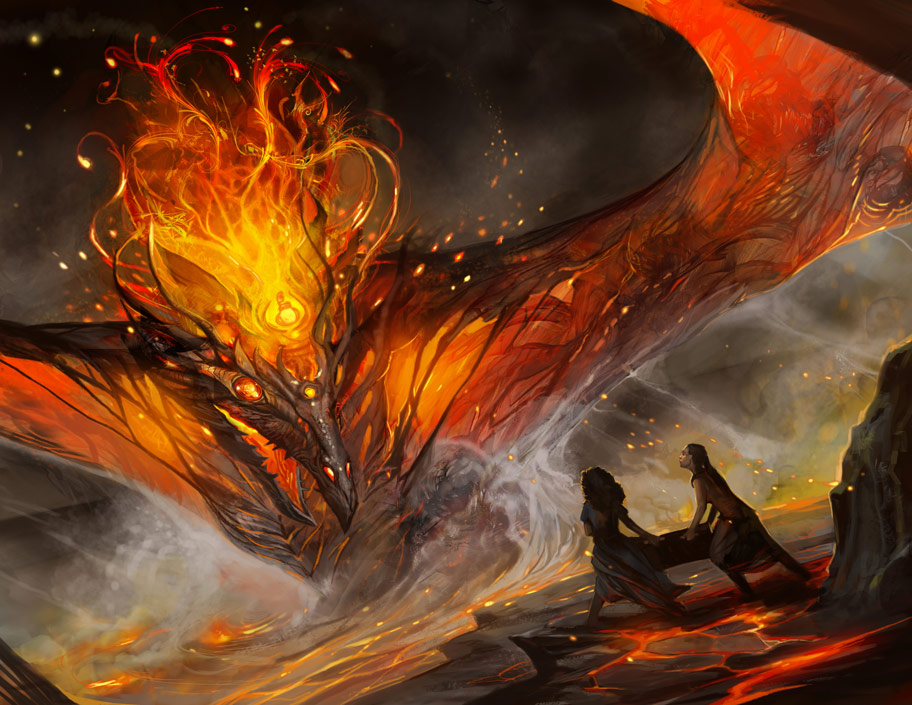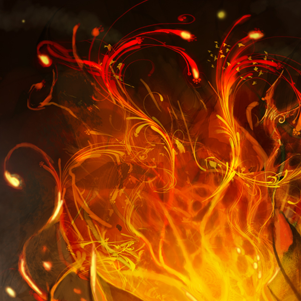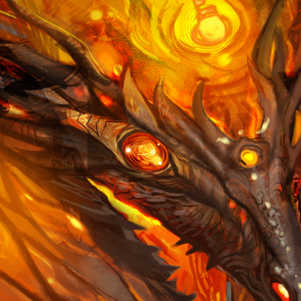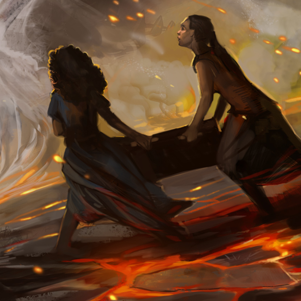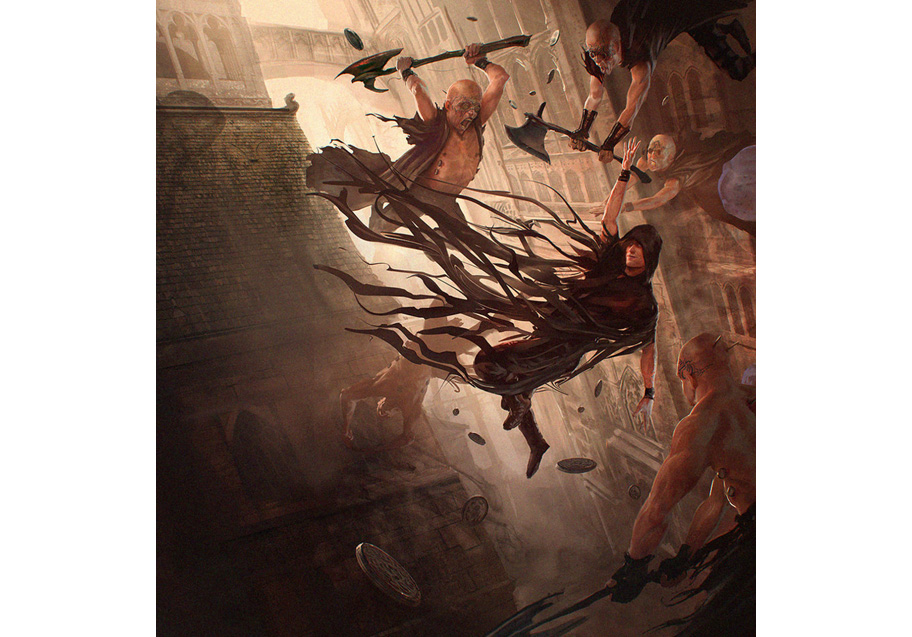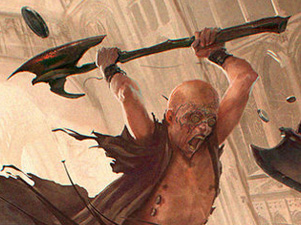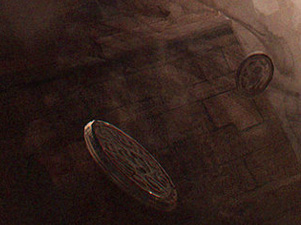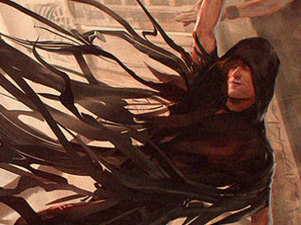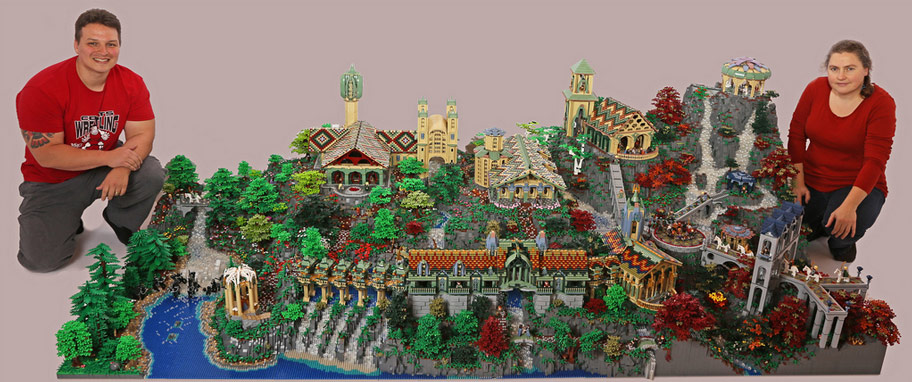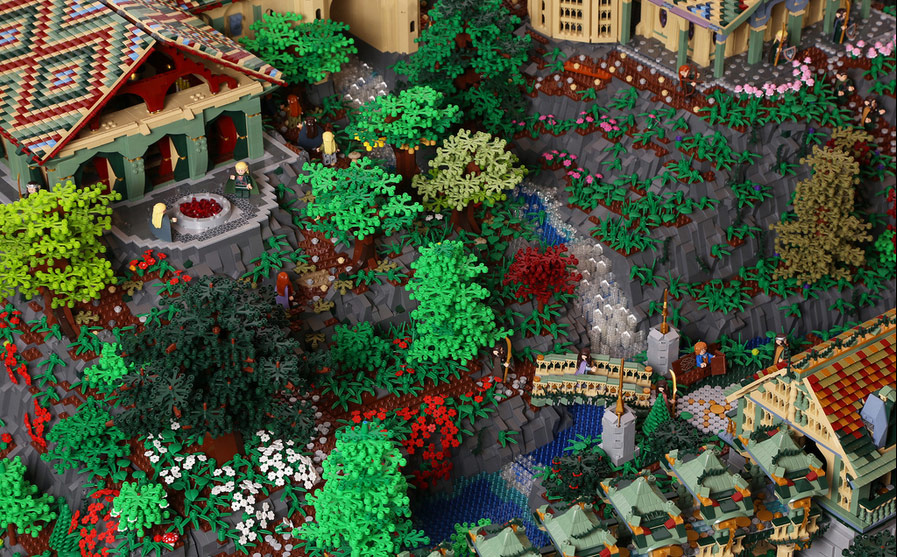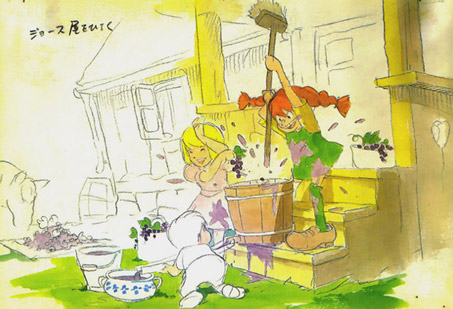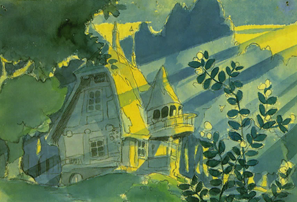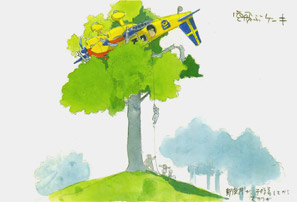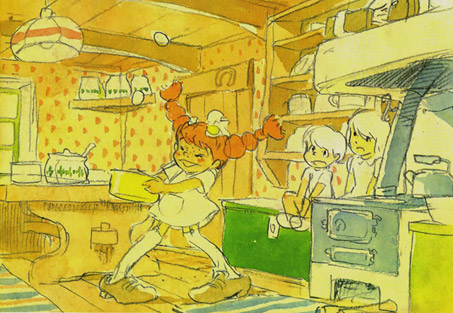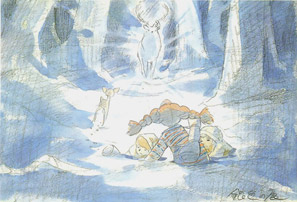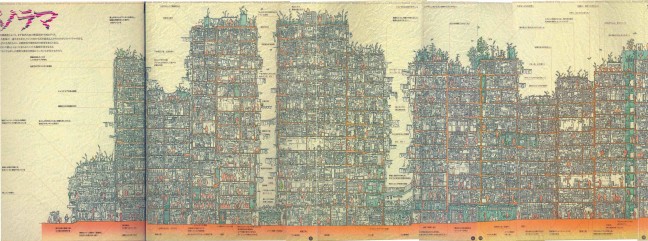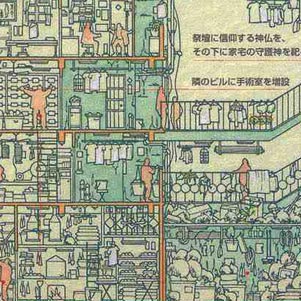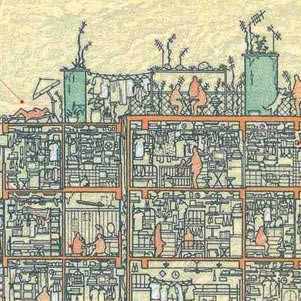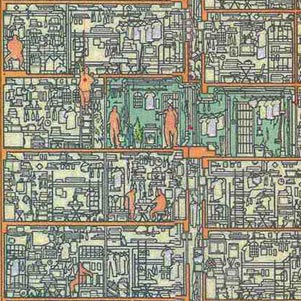For many readers, escaping into a good fantasy or science fiction novel is a way to leave the ordinary world behind, to enter into a land of wonder, where anything can happen and things of magical beauty and indescribably evil can coexist and clash for supremacy. But, ask anyone who has examined our own world, and you’ll soon realize that Earth has as much wonder and fascinating people, places and events to match even the most bombastic genre novel. Kowloon’s Walled City, traceable back to its origins as a salt-trading post during the Song Dynasty, was home to as many as 50,000 people. The Walled City was demolished in 1993.
Just one look at this amazing cross-section of the city illustrates the staggering breadth of human creation and adaptability.
On Visual News, Paul Caridad explains the nature of Hong Kong’s walled city:
At one time, one of the most densely populated areas on Earth, Kowloon, was a walled city within Hong Kong. It was unregulated by the then-ruling British authorities, who reluctantly allowed it as the only Chinese settlement. It was a no man’s land because of this; run by the Chinese mafia and filled with brothels, sweat shops, illegal hospitals, and trashy eateries.
Originally, Kowloon was built as a watchpost for guards who would protect the area from pirates. But as the population grew–from 10,000 in 1971 to a staggering 50,000 in 1990–attempts were made by the government to evict the squatters living in the city. In 1992, the governent succeded in evicting the population and, in 1993, the 15 story tall block of buildings was torn down. Today, a park with tennis courts covers the area.
For more on Kowloon’s Walled City, io9 highlight’s a German (English-subtitled) documentary about the city, and 99% Invisible podcast about the city. They’re both worth a look, and also worth reflecting, perhaps, on some of the luxuries that we all take for granted today.
What are some of your favourite real world locations that would fit right in in a fantasy or science fiction novel?
